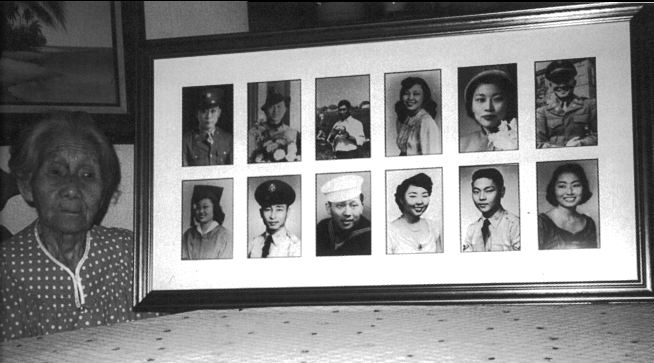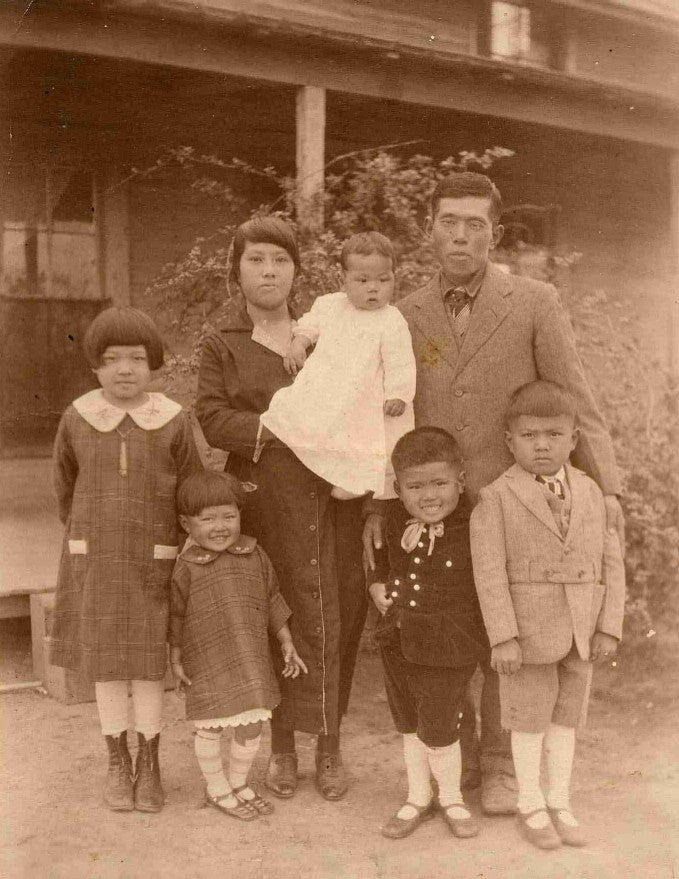
Many of the entries in this exhibition are centered around male figures – the wealthy Japanese businessmen who traveled to Texas, purchased land, and established farms. But while these farms were set up by men and the majority of immigrant farmers from Japan were also men, the role of women in these endeavors cannot be understated. Japanese women were key to the functioning of these farms, and their experiences allow us to see Japanese immigrant stories through a gendered lens.

The primary pathway through which Japanese women entered the U.S. during this time was, unsurprisingly, marriage. When married Japanese men traveled to Texas to start farming, they often came without their wife and children, only sending for them after they had established themselves. Alternatively, the young Japanese male laborers who came to the U.S. as bachelors frequently married “picture brides.” They were named so because the bride and groom would only see each other through photographs before they got married. At the time, this was a popular strategy for Japanese immigrant men, both in Texas and other parts of the U.S., to find wives. For the farm owners, “picture brides” were necessary since without a family, the male laborers would not commit to the farm in the long run. This was the thought process of Rihei Onishi, for instance, when he recruited a handful of “picture brides” for the workers on his farm.
Thus, Japanese women often had to leave their hometowns behind to follow their husbands to a new country. For “picture brides,” this experience was perhaps even more daunting, as they travelled across the Pacific to marry strangers. Indeed, in the writings of many Japanese immigrant women, we see their struggles with homesickness and efforts to adapt to a different environment. Kichi Kagawa, one of the “picture brides” recruited by Onishi, wrote about the different ways through which she brought a taste of Japan to her new home, from making food like taiyaki and manju, to sewing kimonos and making a Japanese-style bath.

Japanese women also played a critical role on the farms. While the men farmed, the women, who were heavily outnumbered by the men, were in charge of taking care of the household and the workers. This work was in no way insignificant or easy. The women on the Kishi colony, for example, not only provided meals for Japanese workers, but took great care to cater to the tastes of laborers of other ethnicities as well. Raising children was also a crucial way that Japanese women contributed to immigrant life and community. Women like Fuji Kishi were the ones who taught children how to write and read Japanese. Furthermore, some women were actively participating in the management of the farms, too. On the Kobayashi farm, Moto Kobayashi took orders and directed field workers while her husband, Mitsutaro, marketed their produce in Houston. Japanese women worked hard alongside their husbands to establish their new lives in America, and their contributions are not to be forgotten.
